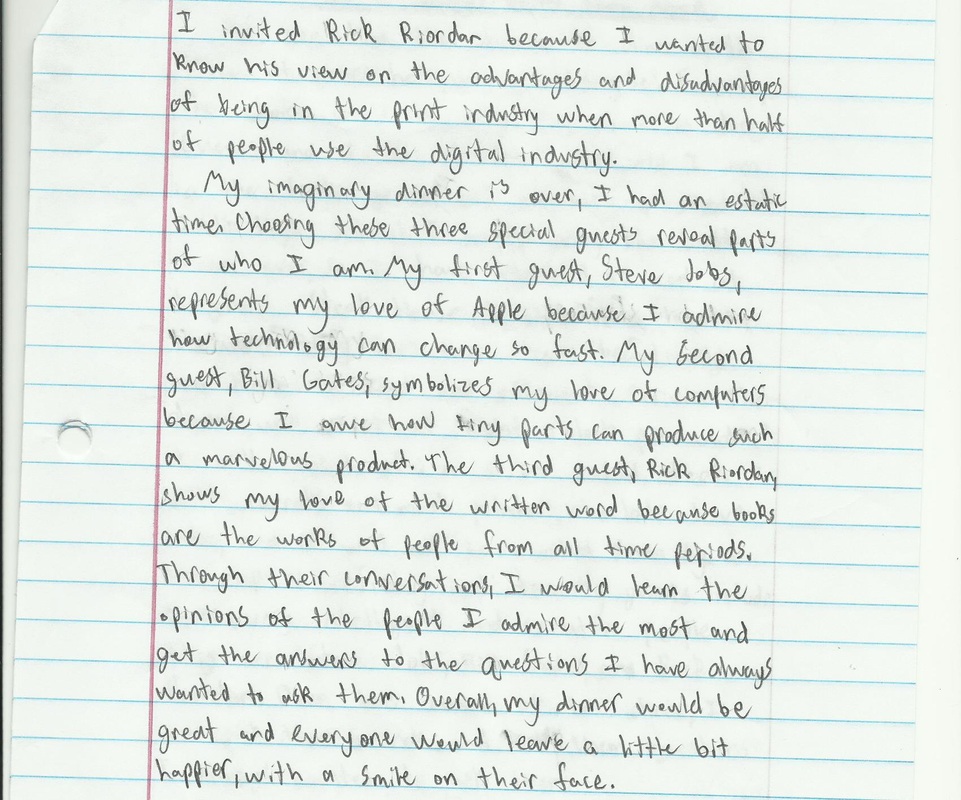
Students were reading The Hound of the Baskervilles, and the assignment was to use examples from Hound to support the rules of the murder mystery genre. The first assignment began in the third week of September. On my end, I promised lots of written feedback on drafts via Google Docs, along with even more individual conferencing. The 20-minute discussion sold them, at least the juniors and seniors, and they promised to give “no grades on rough drafts” a try. I spent 10 minutes talking about career options that need writing skills, but then I spent 20 minutes discussing with them how good they would feel about their writing if they honed this life skill, and could pass it on to their children. So, I completed some quick research on the amount of clear writing needed for different careers in which they were interested: law enforcement medical technician entrepreneurship (beekeeping, lawn mowing/snow plowing, Etsy artist) diesel mechanic forest ranger prison guard organic farmer. I knew that talking to them about preparing for college writing was a moot point for many of them since college was not in their future plans. I realized that I needed to shift their mindset. Since I already knew that the vast majority of my students appreciate my use of essays rather than tests as summative assessments, I approached the subject of non-graded rough drafts with them confidently. Would they see this as an opportunity to take a writing risk, or as a chance to procrastinate or ignore the assignment altogether? Would eliminating grades allow more learning during the process? I determined to try it, to see if I liked it as much as I thought I would. While I knew that I couldn’t totally eliminate writing assessments, could I only grade final drafts, while only giving feedback on revisions? I also wondered how my students would react to working on a rough draft but receiving feedback without a grade.

Yes, the grading rubric saved feedback time, but I really couldn’t justify its use when what I emphasized in class wasn’t being assessed. My most valued areas weren’t anywhere on the rubric! And, ironically, my rubric encouraged writing conformity, not the risk-taking I said I wanted. Then I thought about my assessment rubric. At the top of my list were passion about the topic, risk-taking, and writing growth.

Then I highlighted those areas I thought were most important. What do I value in student writing? I quickly scribbled a list that included the following: passion for a self-chosen topic, a clear voice that projected said passion, writing growth from first draft through final product, a nuanced understanding of the pros and cons of the topic, a well thought-out stance that included risk-taking in argument writing, solid supporting evidence, and an honest attempt to address and refute a counter-argument. According to Wilson, “An assessment method must convince us that it reflects our values about teaching writing before it seduces us with its claim to save time” (28). Doucette’s writing mentor is Maja Wilson’s text, Rethinking Rubrics in Writing Assessment. She posited teacher’s values for writing progress being misaligned with an assessment rubric as a reason to jettison the rubric. One of Doucette’s reasons for eliminating writing grades really struck a positive chord with me. However, I agreed with much of her rationale for eliminating grades on writing assignments. She teaches an elective course in creating writing while my writing instruction takes place in ELA core classes. This approach to teaching writing seemed wonderful to me at first glance, but I realized there was a distinct difference between her assessment situation and mine. She teaches creative writing classes and she has eliminated assessments on writing assignments – no points, no percentages, no grades. Jen Doucette, from the Greater Madison Writing Project, presented a workshop on assessing student writing. I began to confront this ongoing inner wrestling when I attended the National Writing Project Midwest Conference at the University of Wisconsin – Madison, August 3rd through 5th. My own approach has been to grade first, second, and sometimes third drafts, and then record solely the final grade, but I know other teachers who opt to average the three (the better to keep students motivated in the early and middle stages of the drafting process). Moreover, I’ve learned over the years that students are more likely to take the writing process seriously if they are graded along the way.


Writing takes so much time to assess, especially when teaching the writing process and requesting that students revise multiple drafts of the same piece of writing. To grade rough drafts or not to grade them: that is the question I’ve wrestled with recently in my English teaching.


 0 kommentar(er)
0 kommentar(er)
